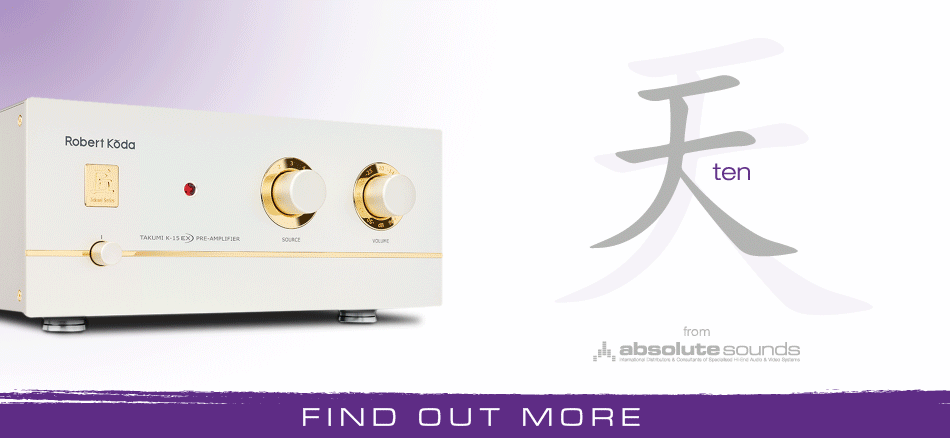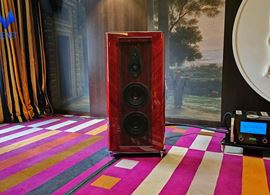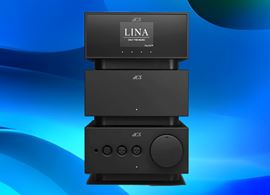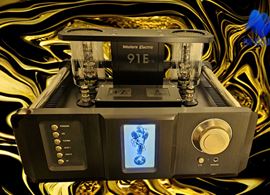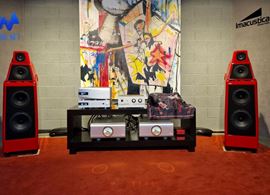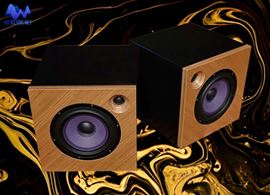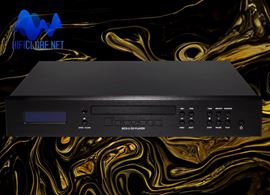Leia artigo em Português aqui.
NAD M66 – Critical Listening
I recently had the opportunity to listen to the NAD M66/M23 duo at Esoterico's auditorium driving a pair of Dynaudio Contour 30i at the forefront of both analogue and digital audio technology.
Forty years ago, my first published review in CM (a newspaper that now bleeds blood and tears when twisted) was about a NAD amplifier titled ‘Som DaNADo’. Twenty years later, I wrote another piece on a NAD amplifier, opening as follows:
“NAD was the first European brand to challenge the Japanese (now I would say Chinese) in their field: accessible hi-fi, with a special philosophy of 'material minimalism,' almost mystical. Maximum peak power available per penny spent with minimal redundant functions and design: NAD amplifiers have never been visually striking and always have had a vaguely military look, sturdy and rugged – a notion reinforced by olive-green colour. NAD is like a WWII Jeep Willy, not one of those modern, fancy jeeps with metallic paint, aluminium wheels, and leather seats that have never been in mud up to their knees.”
The Winds of Change
And the military analogy went on in the same vein of good-humoured irony. Twenty more years have passed, and much has changed in design, technology, and price. Don't get me wrong: NAD continues to produce sober and accessible amplifiers, like the recently announced (and showcased at High End 2024) NAD C379, the latest model in the Classic line, which was the star of NAD's stand. It features significant technological advancements: modular construction that allows for upgrades, such as installing BluOS streaming modules and Dirac room correction, HDMI ARC output, and a price of around €1000, which, adjusted for inflation, is the same as 40 years ago!
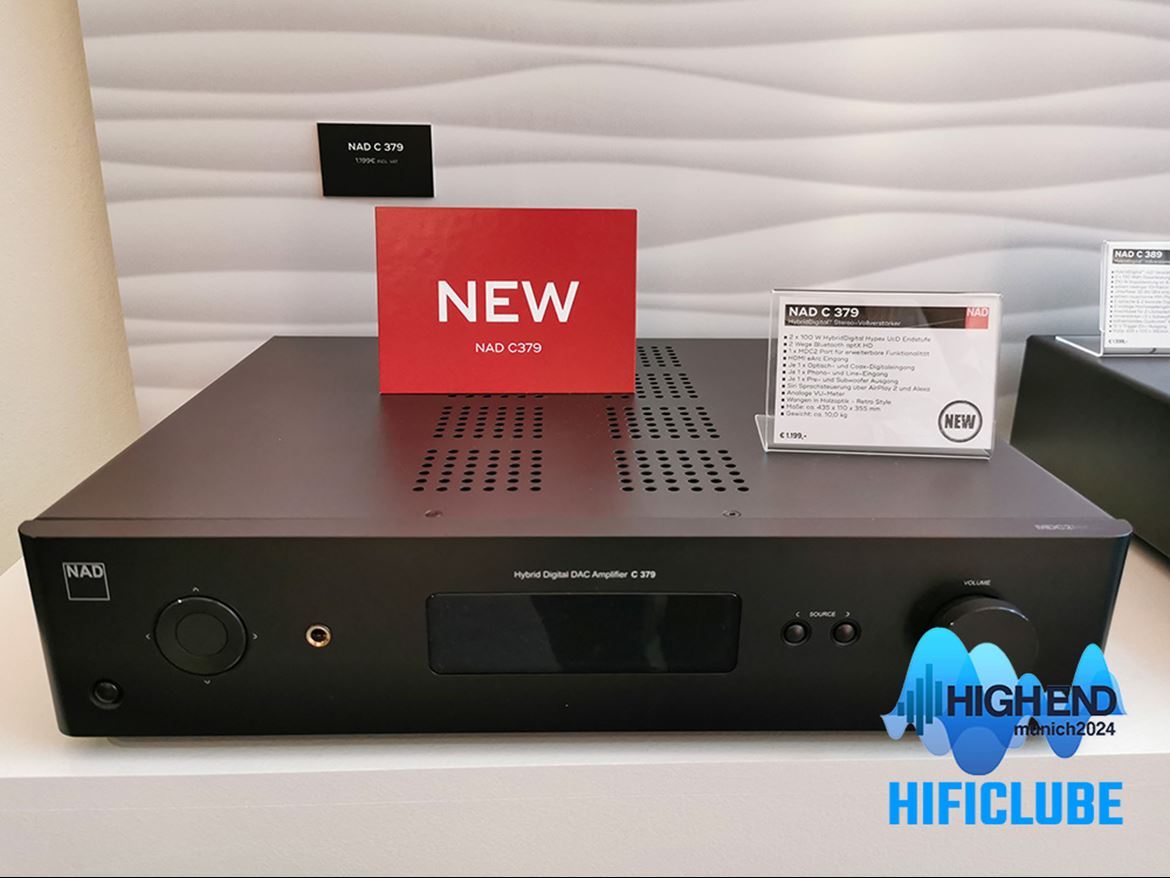
NAD C379 Hybrid digital DAC Amplifier
Like NAD, I came from humble beginnings but soon dedicated myself to high-end audio, navigating until then uncharted waters. NAD has remained spartan and accessible, but the Master Series is a successful attempt to produce high-end audio that is also accessible—a contradiction in terms, given that nowadays some manufacturers charge tens of thousands of euros for incremental technological advancements, while the NAD M66, the flagship of the Master Series fleet, has a price that cannot be considered obscene: €5.999.
From Munich to Lisbon
I enjoyed the M66/M33 duo powering a pair of Dali Rubikore 8 speakers in Munich. However, the M33 is self-sufficient, serving as a preamp/streamer and amplifier. It was only paired with the M66 for promotional reasons.
At Esotérico, the M66 was accompanied by the M23 (€3.999), which like the M33 uses Eigentakt Class D amplification technology from Purifi, known for its low distortion and noise, high damping factor, and excellent linearity. The amplifier can deliver 200 watts per channel into 8 ohms and 380 watts per channel into 4 ohms. It can provide an impressive 700 watts into 8 ohms in bridge mode.
The M23 drove a pair of Dynaudio Contour 30i speakers, while the NAD M66, the subject of this review, served as the DAC/preamp/streamer. It represents the pinnacle of NAD's audio technology. It uses the new ESS ES9038PRO DAC chip, BluOS multi-room streaming platform, and Dirac room correction software, which was not activated for this test.
Analogue or Digital
The M66 can operate in fully analogue mode (with an integrated Phono MM/MC stage), bypassing all digital processing when necessary, which was not the case as it functioned as a streamer/DAC on this occasion. Its versatility is vast, including four rare balanced XLR subwoofer outputs and four unbalanced RCA outputs, allowing for independent calibration of multiple subwoofers with Dirac software.
Dynamic Digital Headroom (DDH)
However, one feature of the M66 that has gone unnoticed is Dynamic Digital Headroom (DDH), which eliminates digital inter-sample peak clipping distortion, enhancing the realism of high-frequency sounds, particularly percussion. Manufacturers have spent the last decade trying to solve the jitter problem. But now it has been discovered that there is another equally serious form of digital distortion: digital inter-sample peak clipping distortion. The first manufacturer to identify this type of digital distortion was MBL, whose DACs are not exactly affordable, but NAD shows that it is also attentive to the problem. Audible or not, it is best not to be there.
This is a complex technical issue, and there was no proof that it was audible until Production Advice published a video on YouTube that helps us understand the problem based on scientific analysis. From now on, do not be surprised if all manufacturers start investing in ISP-free (Inter Sample Peak) DACs, in addition to jitter-free.
Whether or not this is just a new “War of Rosemary and Marjoram,” another spicy skirmish between opposing audiophile families, the truth is that the NAD M66/M23 combo, despite its digital origins, sounds 'analogue,' drastically reducing the gap that once separated good Class A and A/B analogue amplification from Class D. Note that I avoided mentioning tubes lest I would be accused of being an audio xenophobic. I advocate for the harmonious inclusion of all 'races' of amplifiers.
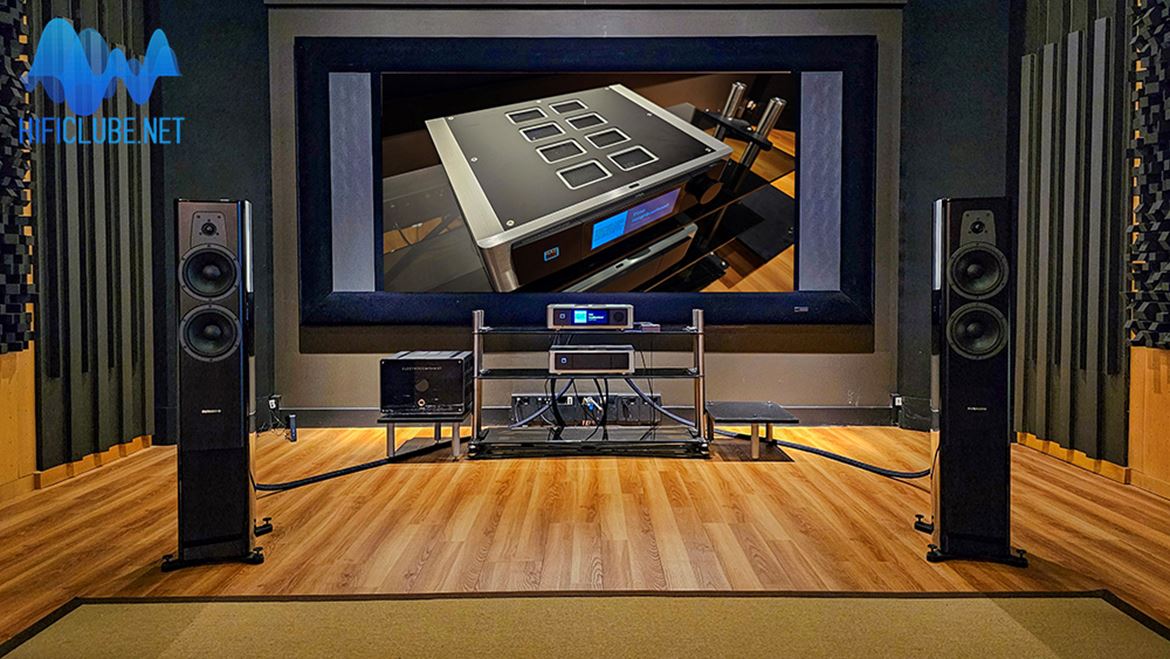
The M23 drove a pair of Dynaudio Contour 30ispeakers, while the NAD M66, the subject of this review, served as the DAC/preamp/streamer.
Critical Listening
The listening session extended over a couple of hours, during which various musical genres were explored, including highlights such as: ‘All About You’ by Sophie Zelmani; ‘Moonlight On Spring River’ by Zhao Cong; ‘Corina, Corina’ by Leo Kettle; ‘Life Goes On’ by Carla Bley, with Andy Sheppard & Steve Swallow; ‘No Depression’ by Bahamas; ‘Le Diable est à la Ronde’ by Ampee; ‘Some Kind Of Wonderful’ by Joss Stone; and ‘Bewitched, Bothered and Bewildered’ by Chris Botti.
For the audio recording, which you can listen to in the video above, I selected:
‘All About You’, by Sophie Zelmani
This track has a soft and intimate atmosphere. With ethereal guitars accompanying her, Zelmani sings in a delicate, almost conversational style as if trying to share a secret with us. The syncopated drums add complexity and sustain the entire song with a march-like rhythm. The guitars play an essential role, with rich and resonant tones that add depth and dimension to the piece. The high-definition sound invites the listener to discover new layers with each listen.
The sound quality of 'All About You' is remarkably transparent. All elements of the mix are reproduced with a high degree of clarity, allowing Zelmani's voice and the instrumental accompaniment to stand out particularly well. The recording is carefully balanced so that no one element overshadows the others, which enhances the overall musicality.
'No Depression', Bahamas
This is perhaps the best song on the 2018 album Earthtones, by Bahamian-Canadian musician Afie Jurvanen. As the title suggests, the song explores the themes of resilience and hope, of not letting ourselves fall into depression, and a guide to overcoming the pitfalls of our love life. Afie Jurvanen's minimalist perspective is evident as the folk-inspired song develops over a syncopated and energetic drum beat and a discrete melodic guitar line. At the same time, a chorus of female voices sets a juvenile, and naive teasing mood.
As with Sophie Zelmani's song, the sound is transparent and keeps all the acoustic elements well-defined.
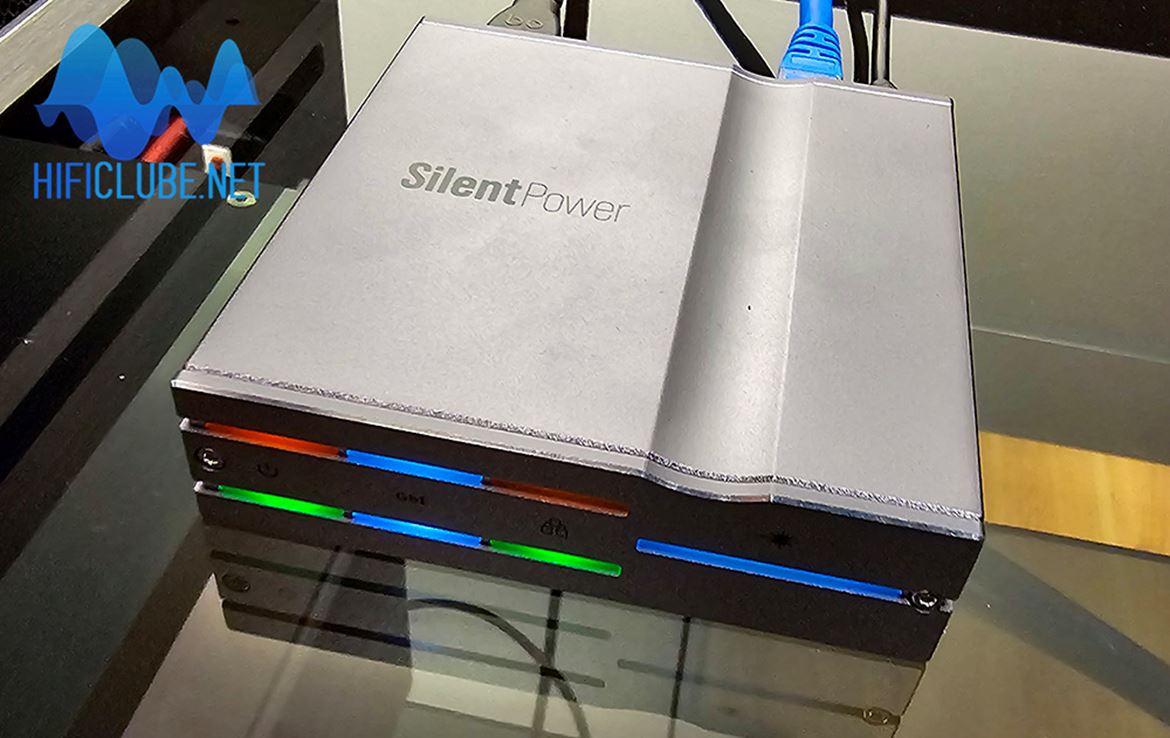
Note: Much of the incredible acoustic detail heard is also due to using a new system component: the iFi LAN Purifier Pro, about which Hificlube will publish a special article.

